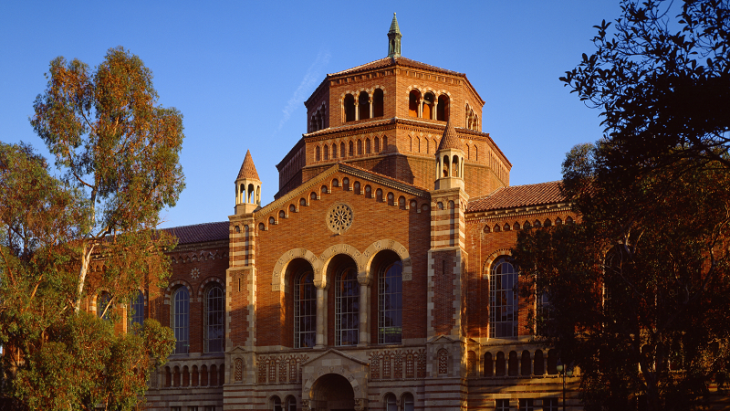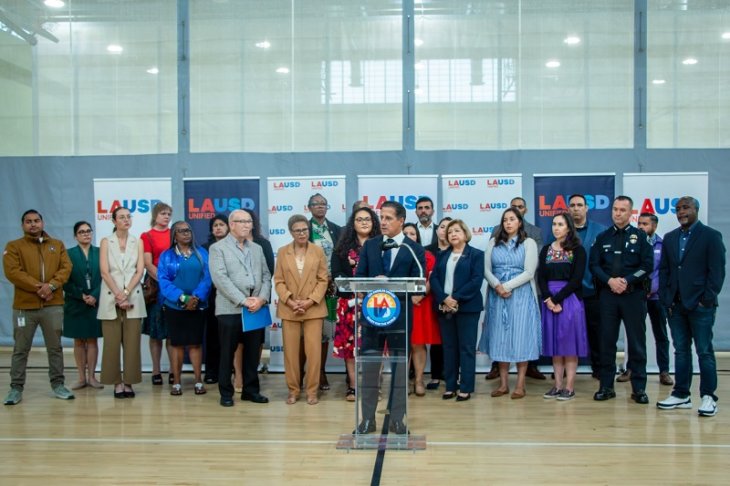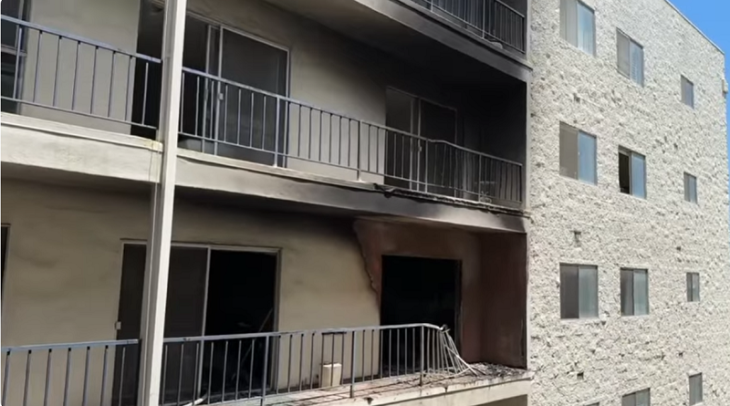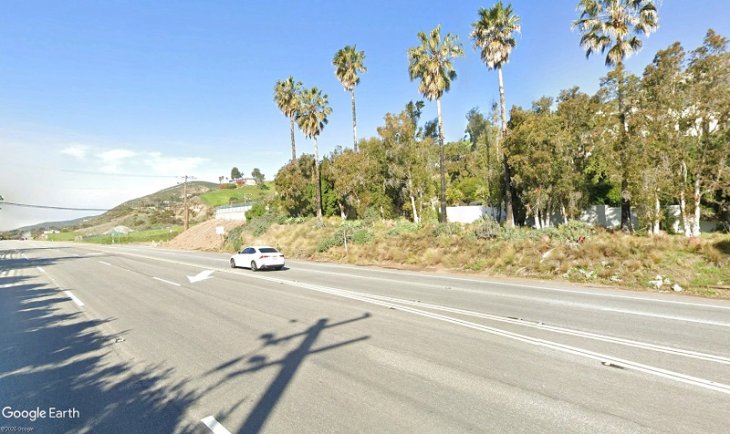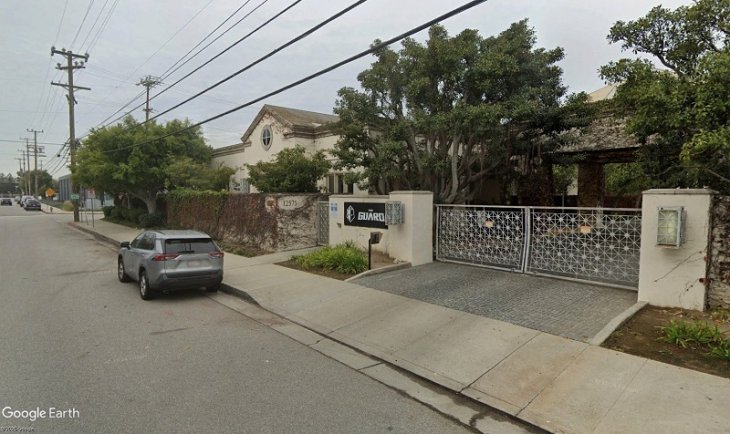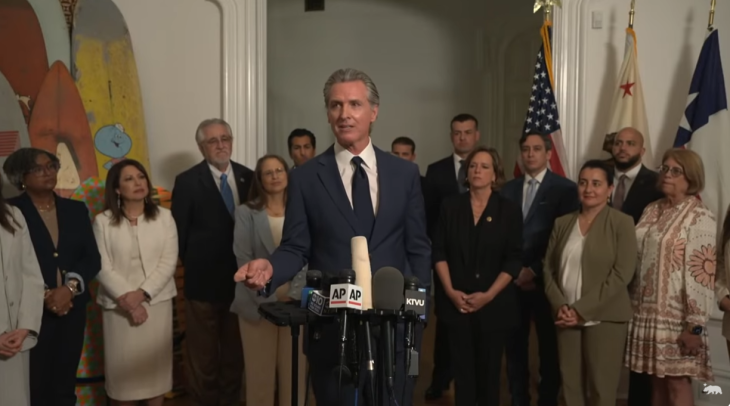In this second article SM.a.r.t. (Santa Monica architects for a responsible tomorrow) continues discussing the thorny issue of the optimum Santa Monica population.
Before deciding an optimum population for our city, which is the second most denses California coastal city, we should take in a larger context. Most people would agree that space ship earth has too many people today and the aspirations of those billions for a humane life can only be met (and barely) if we reduce the world’s growth rate. Likewise lifeboat Santa Monica can only take on so many passengers before it capsizes. We may disagree on where that “tipping” point is but it is not unlimited as developers would have us believe.
In addition most people understand that we are all engaged in a generation-long migration northward as global warming fries people out of the center of the planet. Trump’s wall will not stop this century-old migration. So is Santa Monica, in a global sense, a city whose population should increase to absorb the climate refugees? Is it city whose population stabilizes as “southern arrivals” replace people moving northward? Or a city whose population collapses as rising sea levels eliminate our beaches and land area? No one knows for sure, particularly as our role will probably change over the decades. This is not a disguised NIMBY argument but is founded on the fact that humans are only comfortable in a very limited temperature range. And lest this discussion sound theoretical, note that every weekend our city hosts thousands of climate refugees disguised as beachgoers cooked out of their homes in the San Fernando Valley and central Los Angeles.
Given those uncertainties, prudence says we should take a middle path: e.g. our population should not increase faster than our region, which itself is responding to the same global pressures. In this manner, we do our regional part, yet we give ourselves time to adjust our mobility infrastructure, our ecological goals, our police and fire services and all our other limited resoutces to this increased population.
SM.a.r.t. suggests that our construction approvals should not exceed the population growth rate of Los Angeles County. For example, the annual growth rate of Los Angeles County over the last 7.5 years to mid-2017 averaged 0.43 percent year. In the last year alone Santa Monica approved projects whose projected population is equal to a 0.92 percent per year growth rate. In other words last year we grew at twice the average rate of L.A. County. As population growth and construction rates fluctuate wildly annually, we should consider using, for example, a 5 year average to set our construction limit benchmarks.
But what about the housing crisis? There is not a housing crisis but an housing affordability crisis. Santa Monica produces plenty of housing: about 500 units were approved in 2017. But we produce too few affordable units: for example the typical 47 unit building approved at 2903 Lincoln Blvd. has only four dedicated affordable units. Our current construction ratio of market rate to affordable units is essentially a gentrification factory pushing out poorer residents and the businesses that serve them to favor new wealthy arrivals and foreign investors. This is not to say we should not have a robust affordable housing program, but to understand clearly we cannot currently build our way to affordability.
Basing our population growth on County growth is not a sufficient measure because our effective population is not only our 94,000 residents. There’s another larger population that mostly invades the city in the daytime: visitors, students, commuters, workers, shoppers, and tourists: well over another 100,000 persons. Because we live in a desertifying climate, water becomes the inevitable local (and state wide) choke point. In the last drought our residents lowered their water usage faster than commercial users which actually raised their water usage. In other words the residents subsidized with increased rates, the water use of profligate businesses, a large fraction of whose usage serves non-residents. We are now drawing our well water supplies down faster than are being replenished and still get one third of our water from increasingly vulnerable (east of the San Andreas fault) and ultimately declining (e.g. Sierra snowpack) sources.
The City is rolling out a great program that requires new developments not to use more water than the existing usage on the lot where the project is being proposed. Or they can create equivalent savings by for example installing sufficient low flow toilets in other buildings to make up for that increase. This is a great beginning but must be extended to the entire city. There is a State law that requires developments over 500 units to show new sources of water sufficient for that development. But we approve the equivalent of 500 new units every year however have yet to show any new water sources. Until new sustainable water sources are available, the City should not approve any project that increases our water use. Again this may sound draconian, but take the current example of Capetown, South Africa, which has about the same population as Los Angeles City and will literally run out of water in about three months.
Currently State law precludes cities setting a numerical population cap, but there is nothing that precludes cities from limiting their rate of growth. Because Santa Monica City Council has not taken seriously a public discussion about the limits to growth, it’s not surprising we have had a regular series of populist uprisings in the form of Prop T, the LUVE initiative, and now term limits.
It is time that, as a city, we establish limits to growth. Two easy to measure and politically sellable limits that should be considered are population increase rate and water usage. Failure to plan ahead is a plan to fail.

By Mario Fonda-Bonardi AIA for Santa Monica Architects for a Responsible Tomorrow
Sam Tolkin, Architect; Dan Jansenson Building and Safety Commissioner, Architect; Mario Fonda-Bonardi, AIA, Planning Commissioner; Ron Goldman, FAIA; Thane Roberts, AIA; Bob. Taylor, AIA; Phil Brock, Arts Commissioner.


